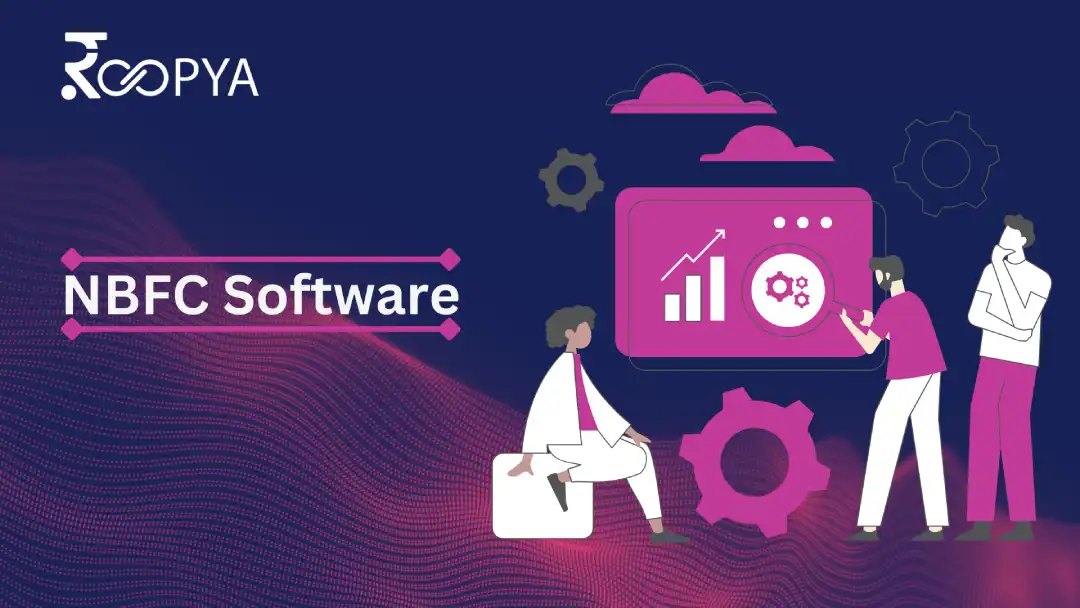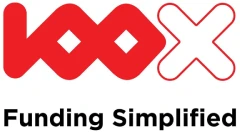| Loan Origination and Underwriting System |
Facilitates the entire loan lifecycle, from application processing to disbursement, servicing, and closure. Includes automated credit scoring and loan approval processes. |
Complies with RBI guidelines for loan processing, fair practices in lending, and KYC (Know Your Customer) norms. |
| Accounting and Financial Reporting |
Ensures accurate financial reporting, budgeting, and accounting operations in alignment with statutory requirements. Offers real-time financial insights. |
Adheres to Indian Accounting Standards (Ind AS) and RBI regulations for financial reporting and disclosures. |
| Customer Relationship Management (CRM) |
Manages customer information, enhances customer service, and supports sales and marketing activities. |
Aligns with RBI’s Fair Practices Code for customer service and the Protection of Customer rights. |
| Regulatory Reporting and Compliance |
Automates the generation and submission of required regulatory reports and documents to ensure compliance with the latest regulations. |
Ensures adherence to RBI’s reporting requirements, including submission of financial statements, KYC, and anti-money laundering (AML) norms. |
| Risk Management |
Identifies, assesses, and mitigates risks related to loans, investments, and operations. Includes credit risk, market risk, and operational risk management tools. |
Complies with the RBI’s framework for risk management practices, including the management of credit, market, and operational risks. |
| Asset and Liability Management (ALM) |
Helps in managing and optimizing the asset and liability mix to ensure liquidity and manage interest rate risk. |
Adheres to RBI guidelines for liquidity risk management and ALM, ensuring NBFCs maintain adequate liquidity to meet their obligations. |
| Document Management and E-Signature |
Streamlines the storage, management, and signing of digital documents in a secure environment, enhancing operational efficiency and customer experience. |
Complies with the Information Technology Act, 2000 for the use of digital signatures and secure management of digital documents. |




